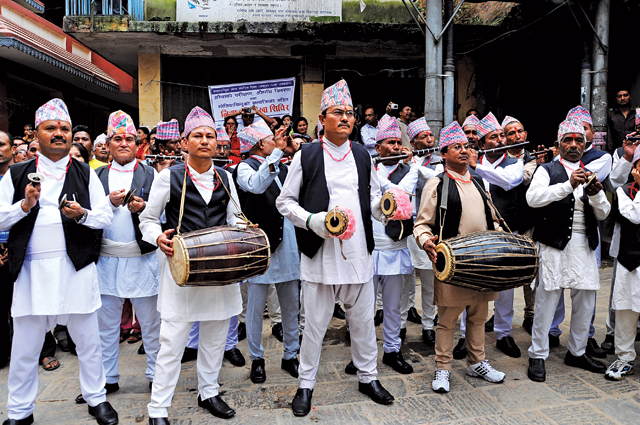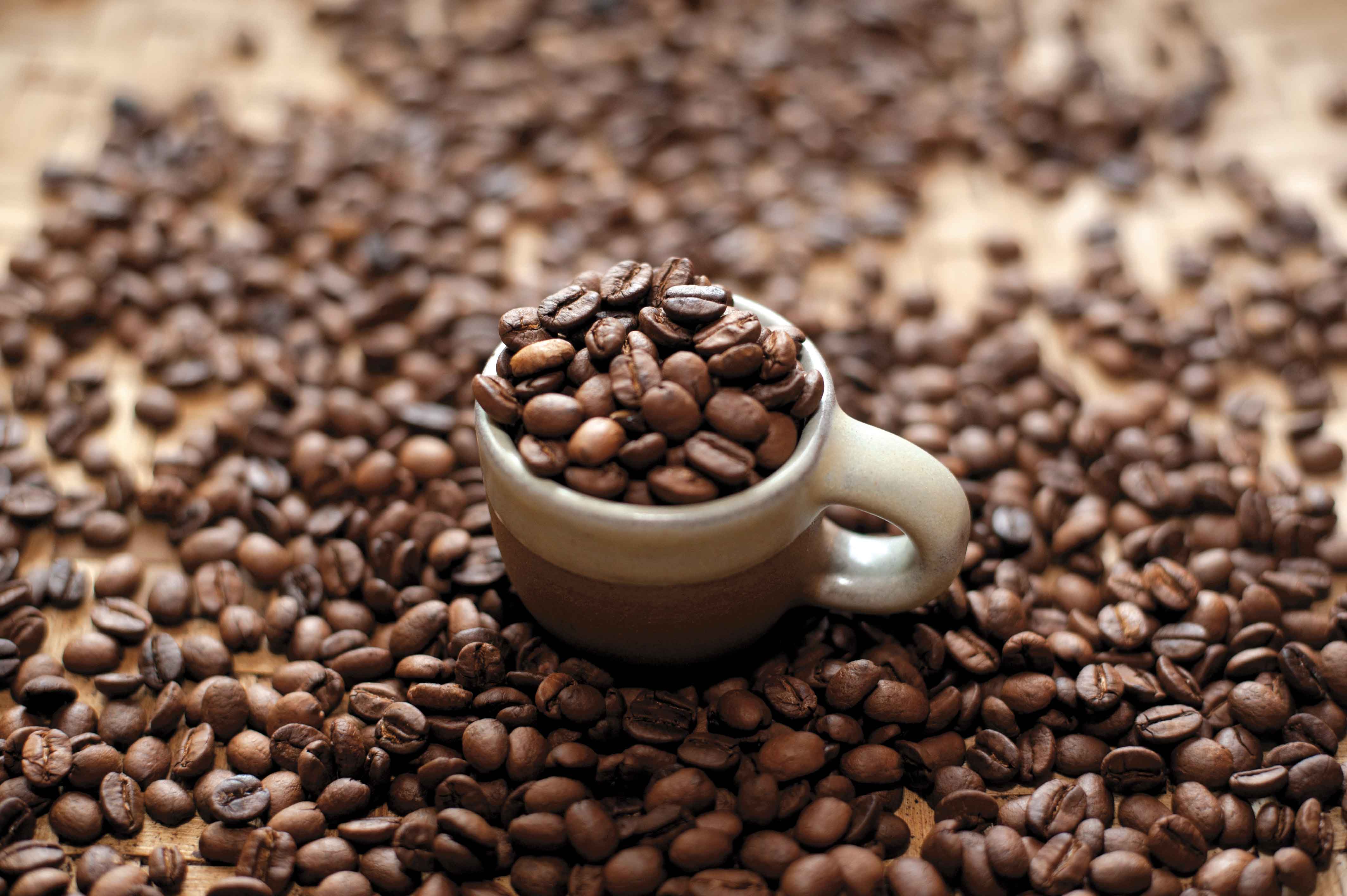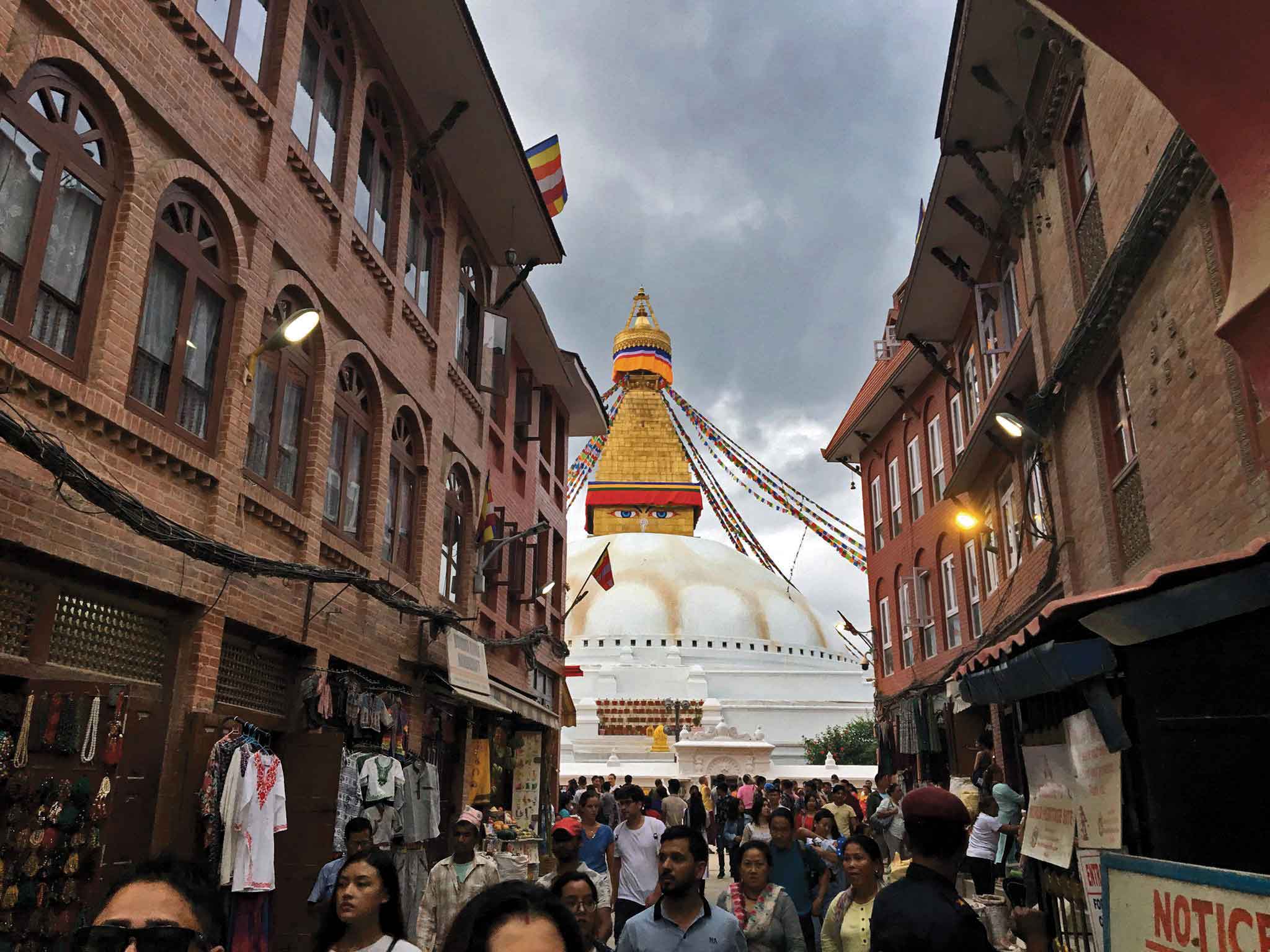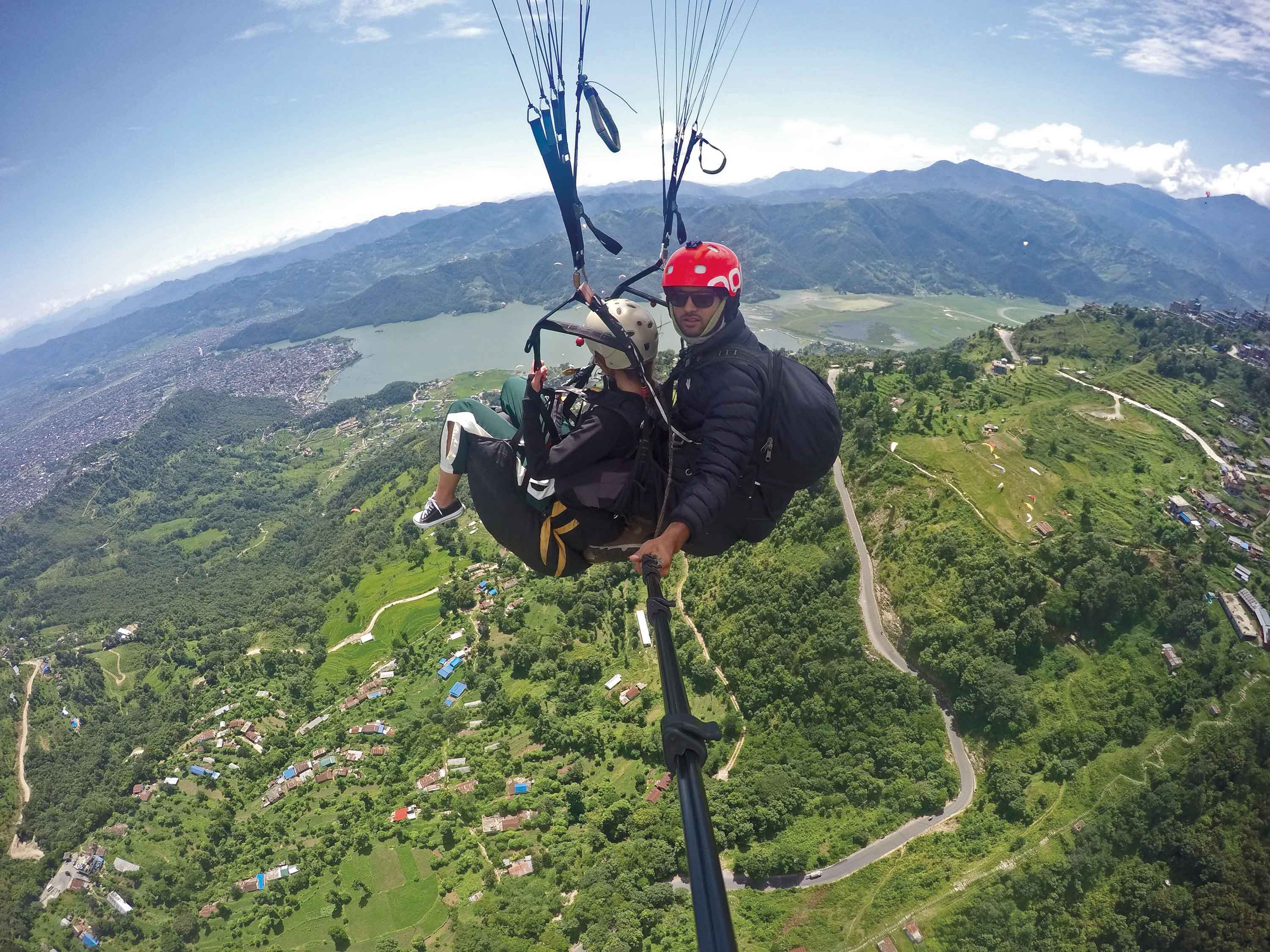The daura suruwal is Nepal’s national outfit, but it’s becoming more of an attire to be decked up in for special occasions.
The title might put off some people: come on, we are talking about the national outfit, after all! How can it be a ‘costume’ for just some occasions? Some folks from the 60s and 70s might be especially offended. It was during the late King Mahendra’s time that the daura suruwal, a national dress code established way back during Rana Prime Minister Jung Bahadur’s heydays (19th century), was made mandatory for all civil servants. If one remembers, the parliament, then, used to have rows and rows of legislators dressed neatly in tidy daura suruwals and either a Bhadgaunle or a Dhaka topi.

The Nepali Parliament today is not only an eclectic mix of all sorts of individuals, and many more in number than before, but also a diverse array of all kinds of outfits worn. Among this assorted wear, one will still notice a few wearing daura suruwals, most notably, the Speaker and leaders of some parties (who most likely think of themselves as prime ministers-in-waiting). That is not to say that the national costume is not conspicuous in the sacrosanct hall of the people. It is the many Marshals who man the ramparts to keep things in order in a parliament increasingly subjected to unruly behavior that help to remind us that, indeed, the daura suruwal is an important part of the national identity. These strongly built Marshals, in their snow-white daura suruwal, black coat, and Bhadgaunle topi, makes for an impressive sight.
Actually, that’s something any uniform does, it extracts a certain level of behavior on the wearer’s part, and the daura suruwal as a uniform of sorts for government servants and politicians was perhaps expected to do likewise. Well, that’s best left to the more observant to judge; at the same time, it is not that the national outfit is just a tool for inculcating discipline and so forth, it is, in fact, a matter of national pride, in that it helps to keep the Nepali identity distinctly unique.
Doesn’t the President present a smart and handsome look in his white daura suruwal, grey coat, and Bhadgaunle topi when granting audience to foreign dignitaries? Doesn’t his wearing the national outfit help to represent Nepal in all its glory?
Having dwelled on the role of the daura suruwal in the context of politicians, bureaucrats, and national identity and pride, one might be assuming that’s all there is to the daura suruwal and its place in Nepali society. Not so. This simple attire, consisting of a loose top dress with ties holding it together and trousers that are loose at the top and tight at the ankles, is the everyday wear of millions of the general public. It is a outfit that’s worn by numerous people living in villages, and by many in towns and cities. There are some, for whom any other costume feels uncomfortable; in fact, the habit of wearing the daura suruwal has become so ingrained in many elderly peoples’ dressing habit, that they’ll opt for nothing else. And that’s why, in spite of modern dressing habits everywhere, you’ll still see many attired in the daura suruwal.
However, among the more youthful section of society, it’s become more of a outfit to be worn on some special occasions: like marriages, for instance. Yes, these are the occasions when you are likely to see quite a few men, both young and old, dressed proudly in a spanking new daura suruwal made of the finest cotton, a smart coat over it, and a stylish Dhaka topi adorning their heads. Many grooms, too, dress up in a daura suruwal for their big day; only, in their case, the outfit will be of the distinctive Dhaka fabric printed with a uniquely ethnic design. One look and you’ll surely agree that no groom could look more regal, more stately, and more elegant than a Nepali groom in a Dhaka fabric daura suruwal!
When and where else do daura suruwals make their presence felt? Well, at other social gatherings, too, you’ll find at least some of the guests, if not the host, dressed proudly in a daura suruwal. And, yes, here’s something that used be a rule in years gone by: whenever sportsmen would go abroad to participate in competitions, they’d have to be dressed in the national dress. However, since it is such an exotic stand-out attire, by the time they reached foreign shores, they’d mostly be back into Western clothes, the daura suruwal inside their carryall, waiting to be taken out for the march past, and then to be worn before landing back in Nepal. Don’t know if there’s been a change in this routine, but wearing a daura suruwal—and with a garland around the neck—a sportsman did give a promising spectacle when journeying off to battle for the country’s glory!











